Hi, I am George. I am a third year Geography student, I started creating content in my first year and have enjoyed every minute of it- I especially enjoy writing about environmental issues.
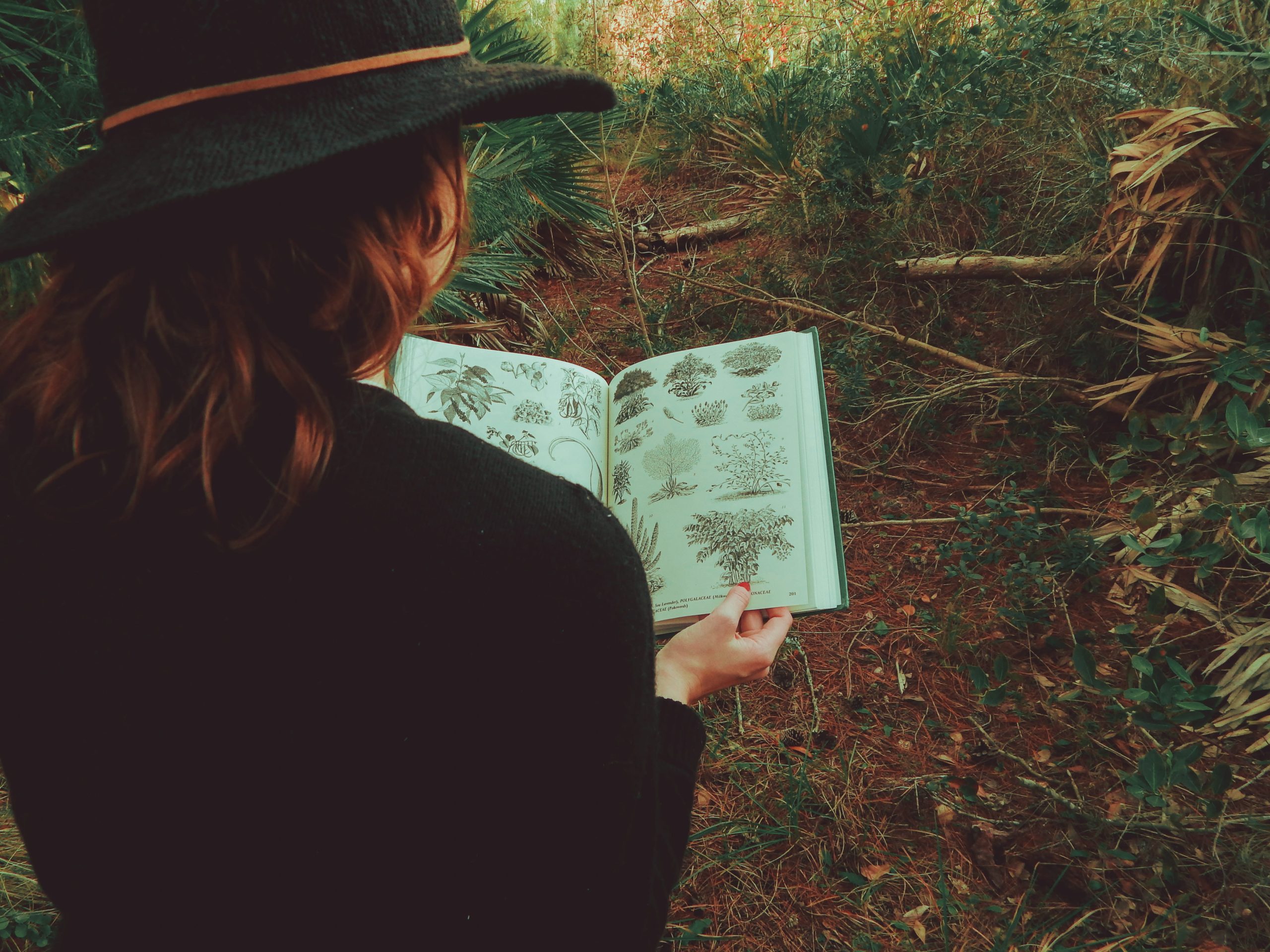
What I learnt about wildflower identification
March 24, 2021,
read.
This article is more than 3 years old
Wildflowers are all around us even if we don’t realise it, they are complex and full of intrigue. They also offer a fun and exciting way to engage with nature and with your surroundings, and by observing them closer you can gain further insight into what makes them so stunning. I attended an online talk about Wildflower identification, and want to share what I discovered with the talk and through my own research.
What is a Wildflower?
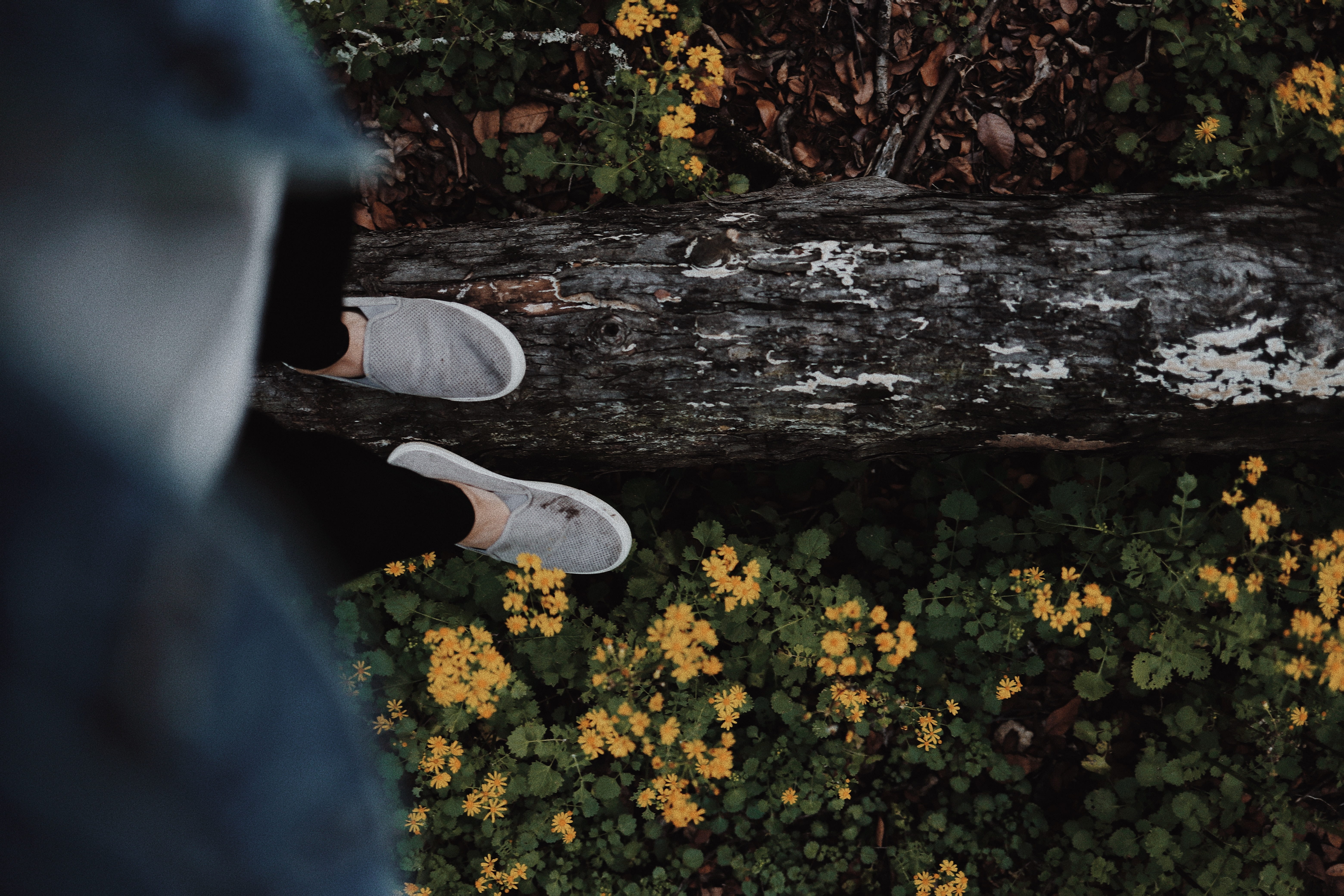
A Wildflower is any flowering species of plant which grows without genetic modification, Most people are familiar with the snowdrops and bluebells which flower in the spring, but Wildflowers can come in all different varieties. In Britain, spring brings with it the flowering of many types of wildflowers which usually cover the woodland floors. The talk led me to do a bit of my own research on British wildflowers, and you can find more out about them in the country life guide. Every one is different and unique making them incredibly interesting to observe, in Britain alone there are around 1,600 species!
Photographing Wildflowers
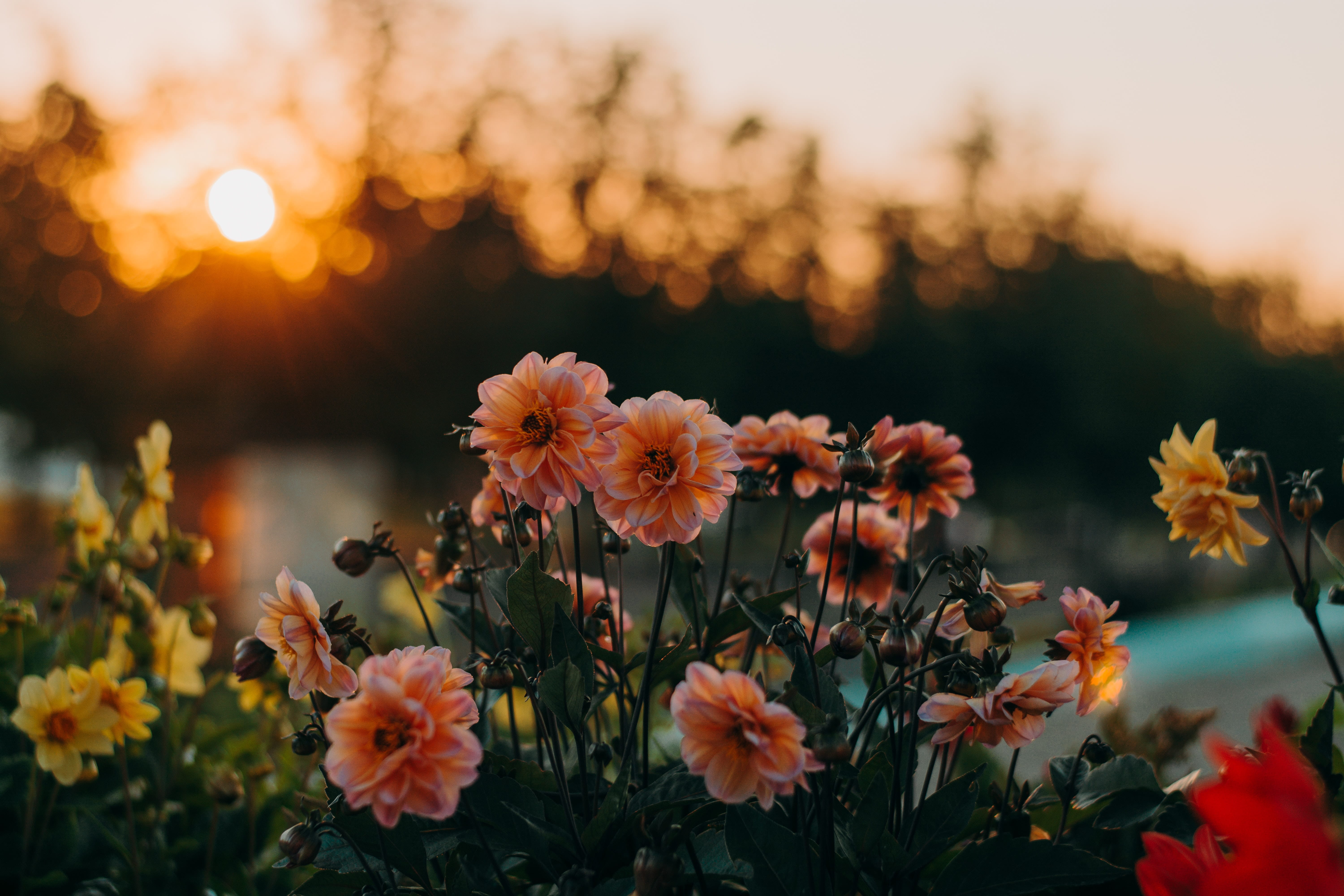
One of the key things I noted from the talk was how to photograph the flowers. If you spot any flowers you think may be Wildflowers when out and about, snap a photo and have fun trying to identify what it is. To get a clear photo, it’s important to keep your camera lens clean to avoid blurry photos. If you’re using a phone or a SLR camera, use the macro photography feature to focus on the area you would like to be clear on the flower. You also may want to reduce your exposure and try have minimal objects in the background. If you are serious about the accurate identification of the flower, it may also be useful to keep a record of the environment you found the specimen.
For identification purposes, you can bring a flower you’ve spotted indoors and photograph it against a plain background to get a better idea of its features. For size comparison, use a penny as a point of reference placed next to the specimen. A good photograph is crucial to accurate identification.
Identifying a Wildflower
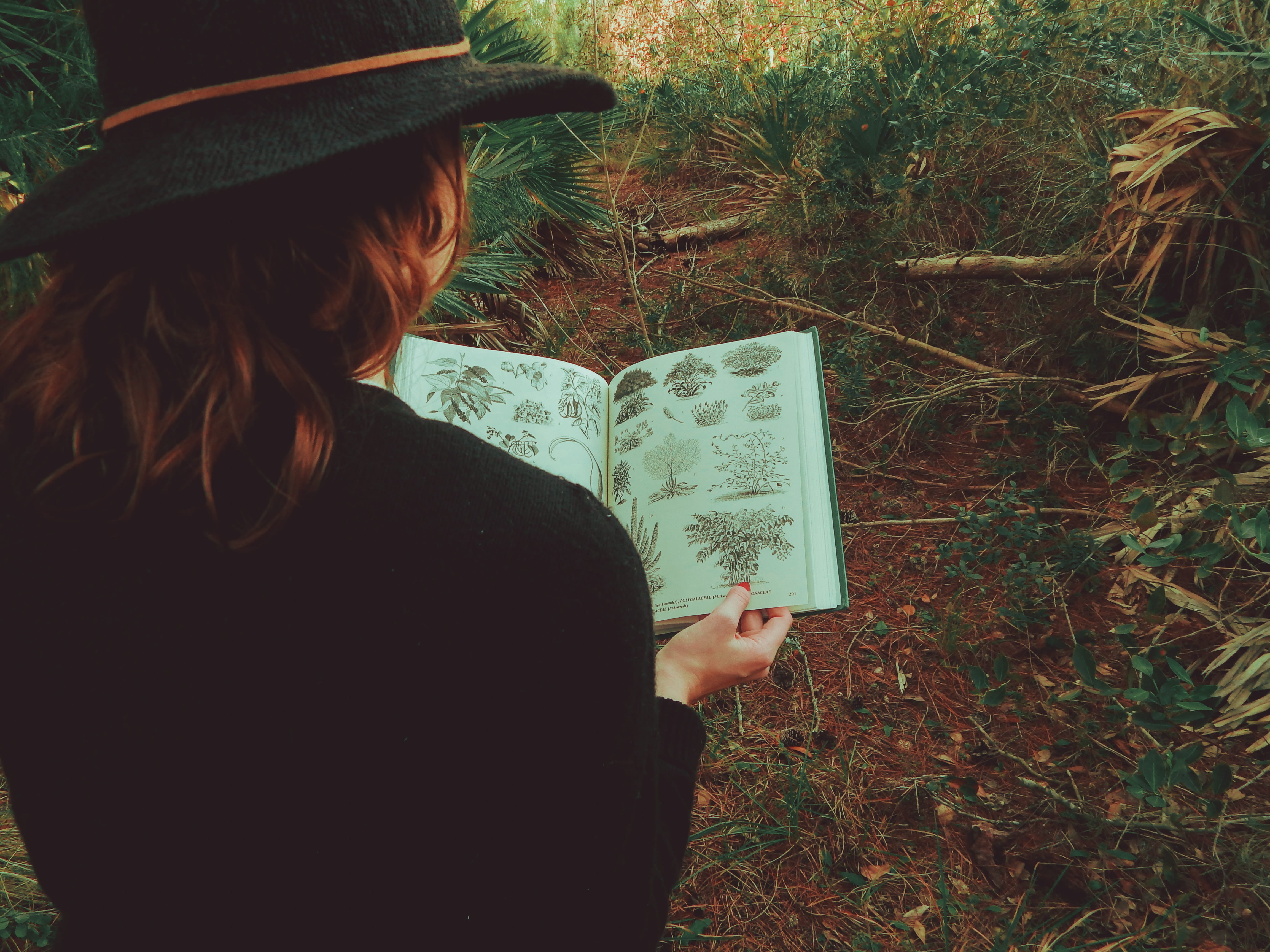
If you happen to spot a flower you think may be a wildflower, you might have fun trying to identify it. Wildflowers have four main elements the pistils, stamens, sepals and petals. Knowing the colours, shape and how they are positioned will help in identification. For example, the stamens are the arm-like structures which protrude from the centre of the flower and the amount a flower has depends on the type. Paying attention to small details like this can help you have fun figuring out exactly what you have discovered, and often it is much trickier than it looks. It could be a great way to get out into nature over the spring period, as well as educating yourself along the way!
Overall the talk was a positive experience, and I learnt a lot more about something often overlooked. I would highly recommend trying to look out for wildflowers next time you take a walk out.
If you are interested in learning more about this the University of Lincoln Sustainability team are starting a weekly identification session. The sessions are on the first Friday of every month at 11:00. Places are limited so be sure to get in touch and book your space by emailing environment@lincoln.ac.uk.
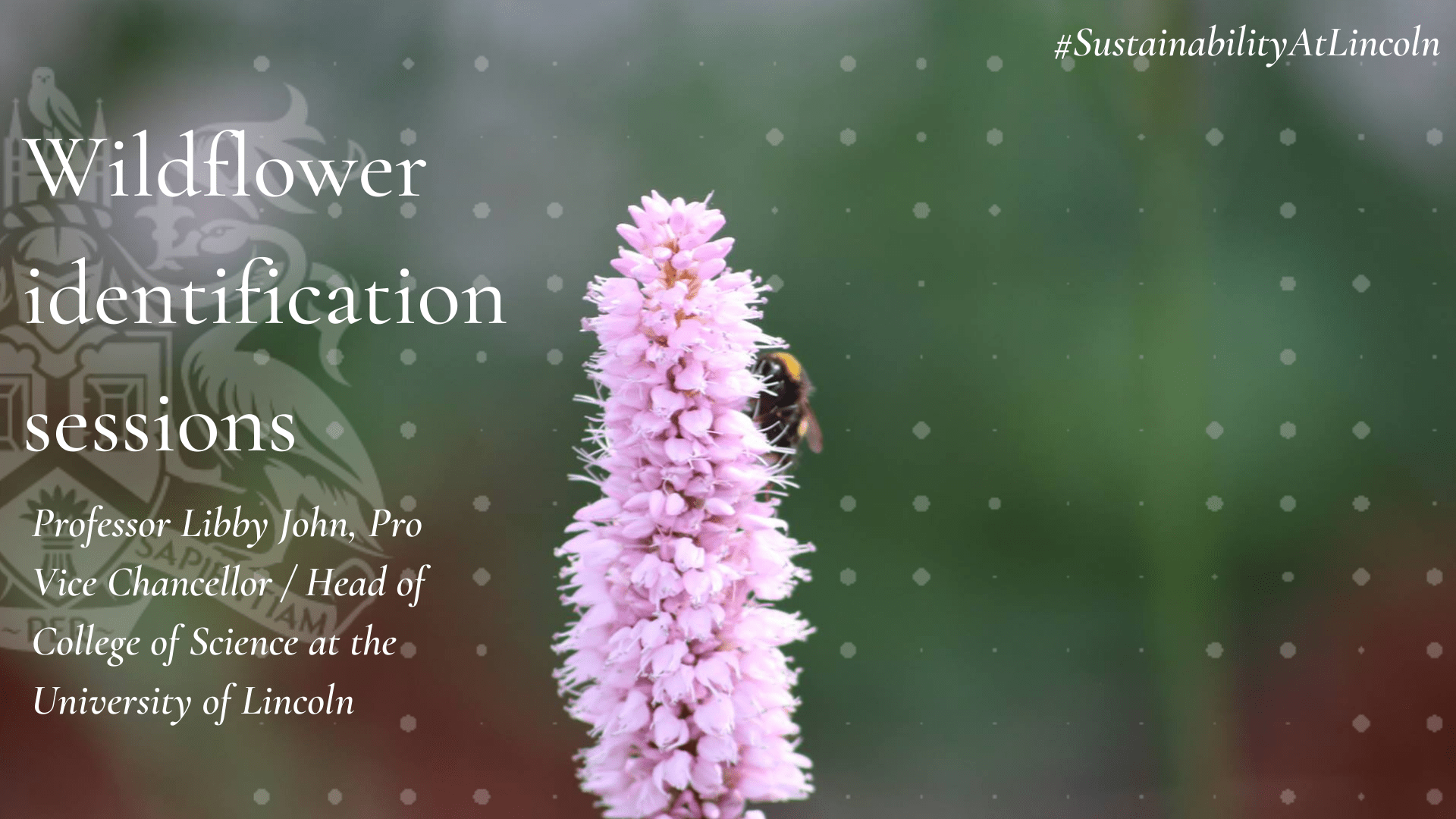
- Topics
- Activities
- Hobbies
- Nature
- Outdoors




